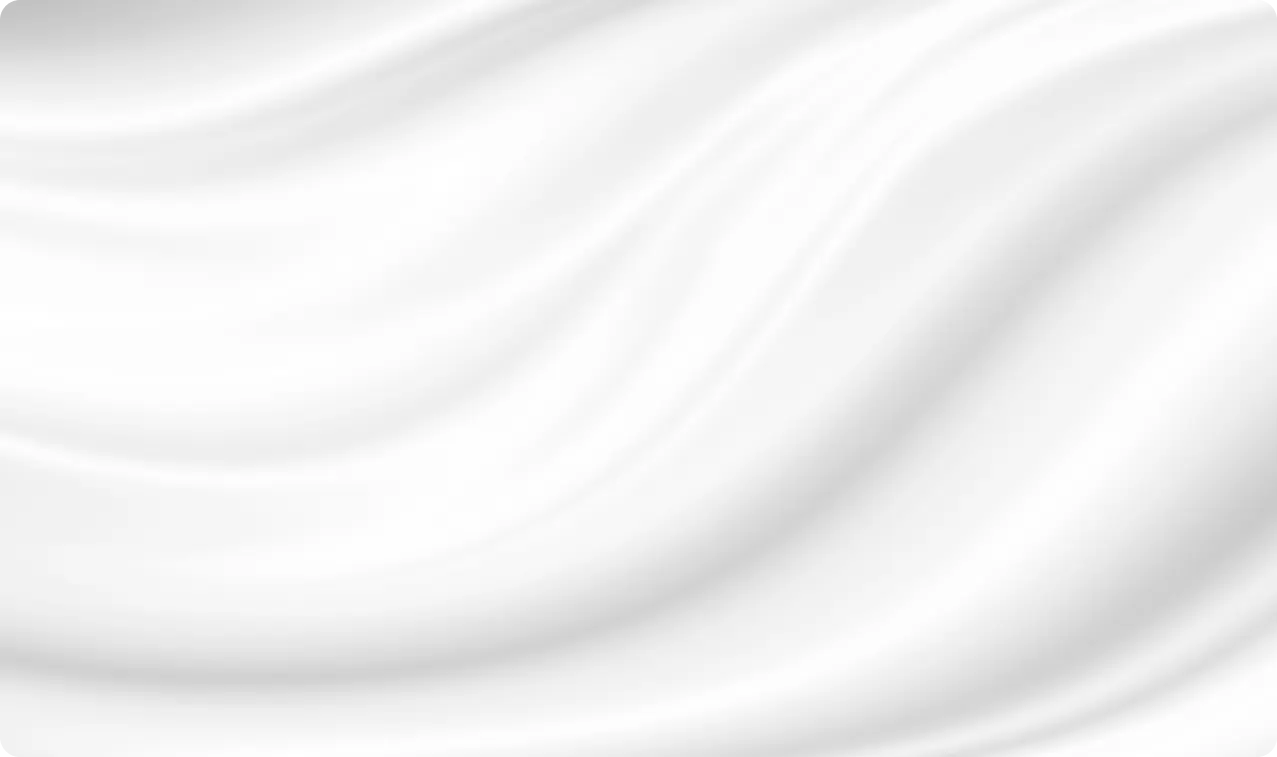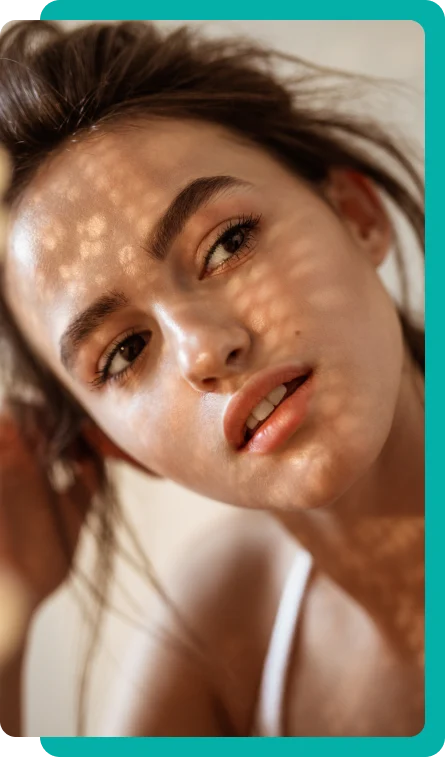For Patients
About
For Providers
Locations
Blog
Contact
Menu
While a hematoma – a larger, more intense bruise – can be alarming, a deeper understanding of these occurrences eases worry and helps you manage them effectively.
You've just left the clinic, thrilled with the refreshed appearance your dermal fillers like Voluma have provided. Suddenly, you accidentally bump the treated area, and a wave of anxiety washes over you. Days later, a disconcerting bruise blossoms on your skin.
Dermal fillers offer incredible aesthetic benefits, from restoring volume to sculpting facial contours. However, sometimes, minor mishaps or simply natural healing processes can lead to unexpected side effects like a hematoma.
Is this normal? Could it affect the outcome of your fillers?

A bruise, also known medically as a contusion or hematoma, occurs when blood vessels are damaged and leak blood into the surrounding tissues.
With cheek filler injections, the needle piercing the skin can disrupt tiny blood vessels under the surface. Blood then leaks into the tissue, causing the discoloration we see.
Bruising is more common after cheek filler compared to other areas because the cheeks have an extensive network of blood vessels. The filler needle is more likely to encounter and damage these vessels.
Yes, minor bruising is very common after cheek filler injections.
In fact, studies show bruising occurs in 19% to 68% of patients who receive facial fillers. This wide range demonstrates how common yet variable bruising is as a side effect.
Bruising, along with mild swelling, tenderness, and redness, is considered a normal part of the injection process. It's simply the body's reaction to the trauma of the needle and should resolve on its own.
However, more severe or longer-lasting bruising may indicate an underlying issue, like a bleeding disorder. In these cases, contact your provider.
When you've had Juvederm Voluma fillers injected into your cheek and accidentally bump it, your body's response can sometimes lead to a hematoma. This is essentially a collection of blood outside of blood vessels, caused by the trauma to the treated area. It's your body's way of reacting to the unexpected impact.
Dermal Fillers add volume under your skin but also make the area slightly more susceptible to impacts. When your cheek gets bumped, the pressure can cause blood vessels to break, leading to a hematoma. It's not the filler itself but the physical impact that's the main culprit.
Yes, certain areas of your face have a slightly higher tendency to develop hematomas after filler injections. Let's focus on the two most common culprits:
While hematomas can occur in various areas, your cheeks deserve extra caution. Choosing an experienced injector, minimizing blood thinners before your procedure when possible, and following aftercare instructions diligently help lower your risk.
Several factors can make someone more prone to bruising after cheek filler injections:
So if you do tend to bruise more easily, don't worry - your provider can tailor your treatment to minimize this.
The duration of bruising depends on its extent, but it generally resolves within 7-14 days after cheek filler injections.
However, bruising often fades significantly within the first few days after treatment.
Here's a general timeline:
While bruising takes time to fully resolve, it should appear less noticeable with each passing day as your body heals.
The good news is that minor bruising does not impact the final look from your cheek filler.
The discoloration is simply trapped blood under the skin that will fade over time. The filler itself remains effectively placed within your tissue.
As the bruising resolves, it will reveal your smooth, volumized cheek results. No retreatment or adjustments are needed for mild bruising.
However, more severe bruising that turns into a firm, swollen hematoma could impact results by distorting tissues. Your provider may recommend massaging the area to break this down. In some cases, hyaluronidase injections to dissolve the filler may be required. But this is very rare with appropriate aftercare.
While some bruising is common, here are some tips to minimize it:
Proper preparation and post-treatment care greatly reduce bruising risk from cheek fillers.

First, remember that minor bruising is normal and will resolve on its own within 1-2 weeks. But you can help it along:
Severe or worsening bruises may require medical treatment, so contact your provider promptly about significant issues.
Contact your provider right away if you experience:
These signs could indicate a more serious issue requiring prompt medical care. Don't hesitate to call your provider with any concerns.
Minor bruising and swelling are common side effects after cheek filler injections. While the discoloration may seem alarming, it's a normal part of the procedure for most patients.
With appropriate aftercare and time, cheek filler bruises generally resolve within 1-2 weeks without affecting your results. More severe bruising or hematomas may require additional treatment but are uncommon.
Knowing what to expect can help ease concerns about bruising after cheek filler. But don't hesitate to contact your provider with any persistent issues. With an experienced injector, you can enjoy beautiful, natural-looking cheek enhancement.

Join Dr. Lanna & Dr. Doshi for a Transformation
Unlock the possibilities with our certified facial and oculofacial plastic surgeries. Attend our free webinar to find out how we can tailor solutions for you, with financing available to fit your budget.
